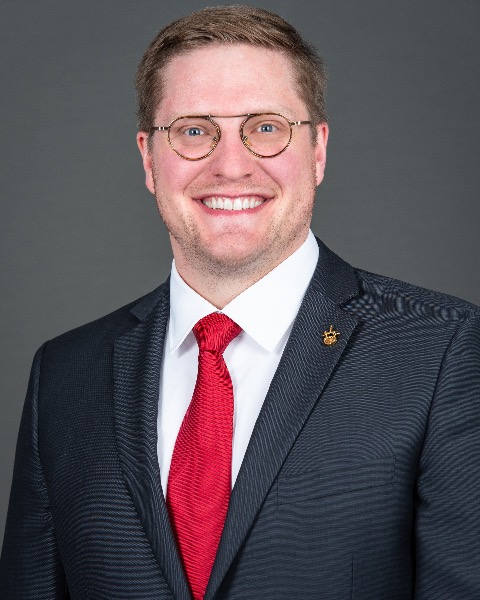Deformity
99 Three-Column Osteotomies for Cervicothoracic Adult Spinal Deformity: A Single Surgeon Experience Over 16 years
Friday, February 21, 2025
7:00 AM - 2:00 AM EST

David J. Mazur-Hart, MD
Assistant Professor
Oregon Health & Science University
Portland, OR, US
Presenting Author(s)
Disclosure(s):
David J. Mazur-Hart, MD: No financial relationships to disclose
Introduction: Cervicothoracic deformity remains a challenging spinal pathology. Cervicothoracic three-column osteotomies (CT-3CO) are powerful surgical interventions with high complication rates. Here, we report the senior author’s experience with CT-3CO to detail the evolution of 3CO and its complication profile.
Methods: Patients undergoing surgery with CT-3CO for the correction of cervicothoracic adult spinal deformity (CT-ASD) performed by the senior author from 2008 to 2023 were included. Clinical, demographic, and radiographic data were retrospectively collected and analyzed. Patients with a minimum of 1 year of radiographic follow-up were included.
Results: 99 patients undergoing 78 (78.8%) thoracic and 21 (21.2%) cervical 3CO were included. The mean age was 64 years old, 66 (66.7%) were female, the mean BMI was 27.5, and the mean CCI was 2.3. There were 76 (76.8%) pedicle subtraction osteotomies and 23 (23.2%) vertebral column resections. Ligamentoplasty was performed in 3.0%, vertebroplasty in 6.0%, and multi-rod constructs were used in 68.7% of cases. Preoperative traction was used in 2.0%. The overall rate of perioperative complications was 65.7%. Rate of medical complications was 32.3%, most commonly cardiopulmonary (n=25), metabolic (n=5), and gastrointestinal (n=4). Rate of surgical complications was 26.3%. Immediate postoperative neurological deficit was 25.3% and persistent deficit at 1-year was 16.2%. Rate of mechanical complication was 19.2%. The 1-year reoperation rates were 17.2%. The most common indications for reoperation were rod fracture (n=2), prominent hardware (n=1), washout (n=1), proximal junctional failure (n=3), distal junctional failure (n=5), and neurological deficit (n=5). Mean preoperative spinal parameters were cervical sagittal vertical axis (cSVA) of 7cm, cervical lordosis (CL) of 6 degrees, T1 slope (T1s) of 49.5 degrees, and T1s-CL mismatch of 42.6 degrees. Mean postoperative spinal parameters were cSVA of 4.3cm, CL of 5.4 degrees, T1s of 32.7 degrees, and T1s-CL mismatch of 19.3 degrees.
Conclusion : CT-3CO remains a powerful tool in correcting CT-ASD. Our results help guide counseling on complication rates and expected radiographic outcomes.

.jpg)